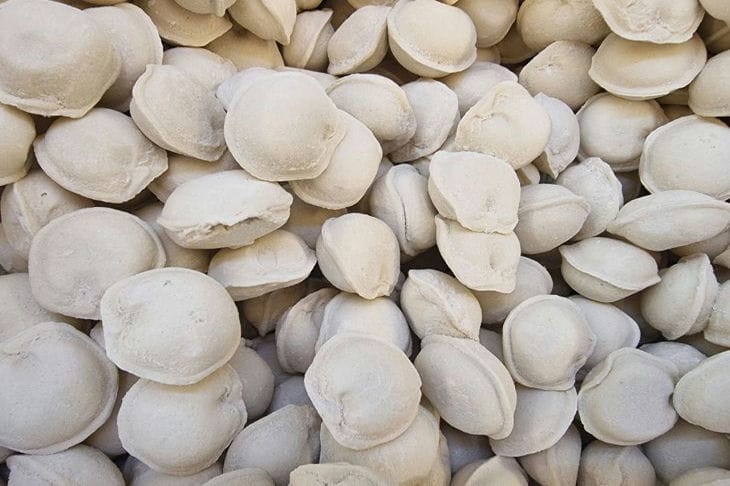Dumplings are a popular dish that many people love.
The preparation seems simple: just throw frozen dumplings into boiling water and wait until they float.
However, there is a nuance that affects the taste and quality of the finished dish – defrosting.
The effect of defrosting on dough
Frozen dumpling dough has a firm structure, which allows it to retain its shape when cooked.
When defrosted, the dough becomes soft and sticky, which causes the dumplings to stick together and the dough to break during cooking.

As a result, the filling falls out, the broth becomes cloudy, and the appearance of the finished dish loses its attractiveness.
Preserving the juiciness of the filling
Defrosting dumplings results in the filling losing its juiciness.
When frozen, the meat juice inside the dumpling turns into ice, which melts and flows out when slowly defrosted. As a result, the filling becomes dry and loses its taste.
Proper Cooking of Frozen Dumplings
To make tasty and juicy dumplings, you need to cook them correctly. Frozen dumplings are lowered into boiling salted water, stirring constantly so that they do not stick to the bottom of the pan. After the dumplings float to the surface, reduce the heat and cook them for a few more minutes until done.
Alternative cooking methods
In addition to traditional boiling, there are other ways to prepare frozen dumplings.
They can be fried in a pan with oil until golden brown, steamed or baked in the oven. Each method gives the dumplings a special taste and texture.
Selection of quality dumplings
The taste and quality of ready-made dumplings largely depend on the quality of the original products. When choosing dumplings in the store, you should pay attention to the composition of the filling and dough, as well as the appearance of the product.
High-quality dumplings have an even shape, a smooth dough surface and do not contain unnecessary additives.
Earlier we wrote about why some people shouldn’t eat borscht .








